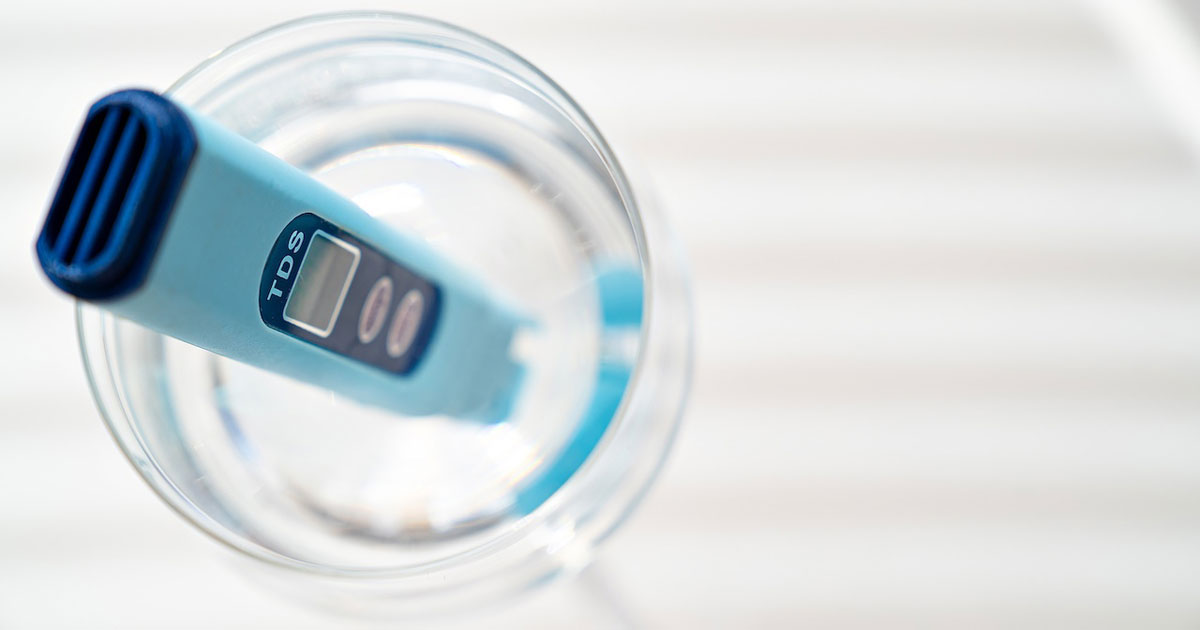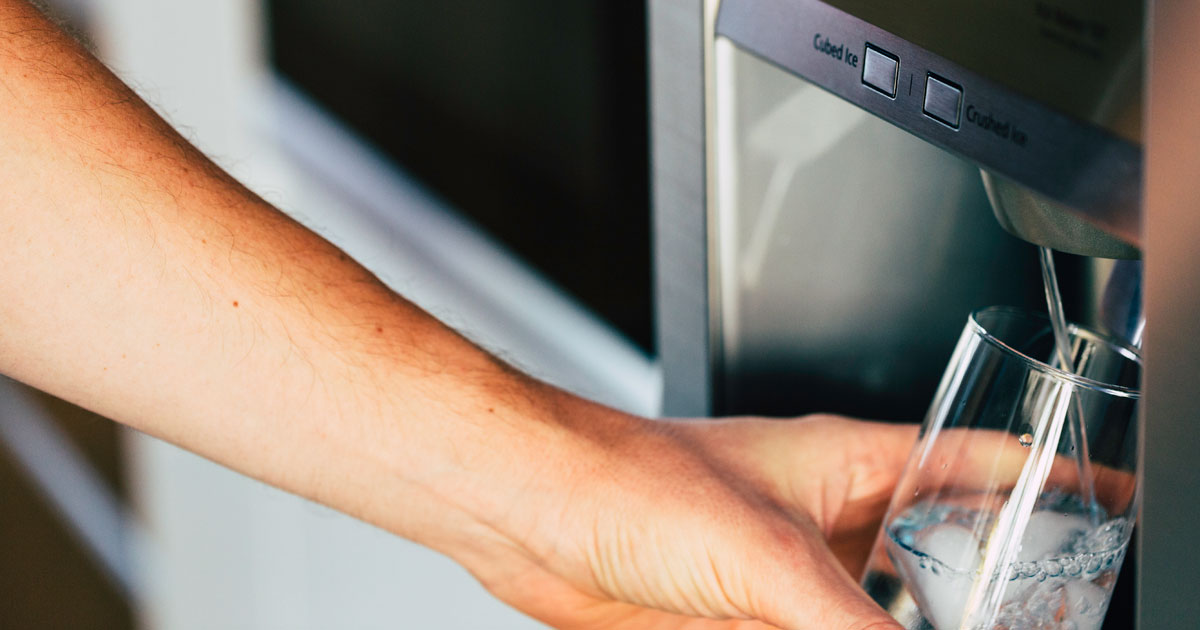What is a TDS Meter? A Guide to Water Testing at Home
 Andrew
November 26, 2025
#activatedcarbon
#reverseosmosis
#romembrane
#tdsmeter
#totaldissolvedsolids
#watertest
Andrew
November 26, 2025
#activatedcarbon
#reverseosmosis
#romembrane
#tdsmeter
#totaldissolvedsolids
#watertest

According to EPA National Secondary Drinking Water Standards, 500 ppm is the recommended maximum TDS for drinking water. However, these are non-enforceable aesthetic guidelines rather than health-based requirements. Levels above 1,000 ppm are generally considered unfit for consumption due to taste issues and potential indication of other water quality problems, though high TDS alone is usually not a direct health hazard.
What TDS Meters Don't Tell You
While TDS meters provide useful baseline information, they have limitations. Your water could have heavy metals like lead, or contaminants like pesticides, pharmaceuticals, or PFAS that the TDS meter will not detect. TDS measures quantity, not quality, and a high reading might indicate beneficial minerals like calcium and magnesium, while a low reading could still mean harmful contaminants are present.
For these reasons, TDS meters are virtually useless for getting meaningful measurements from one of the most commonly used water filters: refrigerator filters. Refrigerator filters and inline filters are often activated carbon, which use adsorption to target chlorine and other chemicals, but will only reduce some dissolved organic compounds and heavy metals, and not the dissolved minerals that make up hard water.
Much of America deals with hard to very hard water, and TDS meters can help homeowners assess mineral content that affects appliances and plumbing. However, TDS encompasses all dissolved solids, while water hardness specifically refers to calcium and magnesium concentration—related but not identical measurements.

TDS meters excel in specific scenarios: monitoring reverse osmosis systems performance, checking pre- and post-filtration water quality, and tracking changes over time. A properly functioning RO system should reduce 75-90% of TDS, making before-and-after testing valuable for system evaluation.
For water testing at home, TDS meters work best as part of a broader assessment strategy. They're particularly useful for aquarium maintenance, hydroponic gardening, and monitoring filtration system effectiveness. Basic TDS meters cost as little as $10, while advanced models with additional features can cost hundreds of dollars. Think: multi-parameter testing that includes pH, temperature, and dissolved oxygen plus have smartphone connectivity. Calling all water nerds.
Source Water TDS and Filtration Performance
High source water TDS significantly impacts filtration system performance, particularly for reverse osmosis and deionization applications. This is where TDS testing becomes particularly valuable for system planning. For every 100 ppm increase in feedwater TDS, approximately 1 psi of additional operating pressure is needed. But that's not a complete formula. While reverse osmosis membranes can provide 98-99.7% salt rejection under ideal conditions, maintaining these high rejection rates requires adequate system pressure. That's why commercial and industrial membranes state tested performance anywhere from 100 psi to 800 psi and typically have the capacity for greater applied pressure. Factors like membrane age, system pressure, temperature, and pre-filtration quality can compromise performance. (Learn more: How Reverse Osmosis is Transforming Modern Industry: A Deep Dive into Commercial & Industrial RO Membranes.)
Standard RO systems typically achieve 5-10 ppm TDS, not zero. (And remineralizing filters add back 15-30 ppm TDS in the form of magnesium, calcium, and other electrolytes.) For applications requiring ultrapure water like healthcare or aquariums, consider deionization systems as final polishing stages, often combined with whole-house pre-filtration and multi-stage RO systems to handle challenging source water conditions.
The best TDS meter for drinking water assessment is one used alongside comprehensive water testing. Third-party lab reports that provide individual results for specific contaminants are more valuable than TDS readings alone. Your municipal water supplier's annual Consumer Confidence Report (Water Quality Report) offers detailed contaminant information that TDS meters cannot provide.
For comprehensive water treatment, quality filtration systems address specific contaminants rather than just reducing TDS numbers. Whether you're concerned about taste, safety, or appliance protection, understanding your water's specific characteristics—not just its TDS level—guides effective treatment decisions. Learn how reverse osmosis works to better understand how different filtration technologies address various water quality challenges.
TDS meters serve as useful monitoring tools, but water quality decisions should be based on comprehensive testing that identifies specific contaminants and their concentrations rather than relying solely on dissolved solids measurements.






